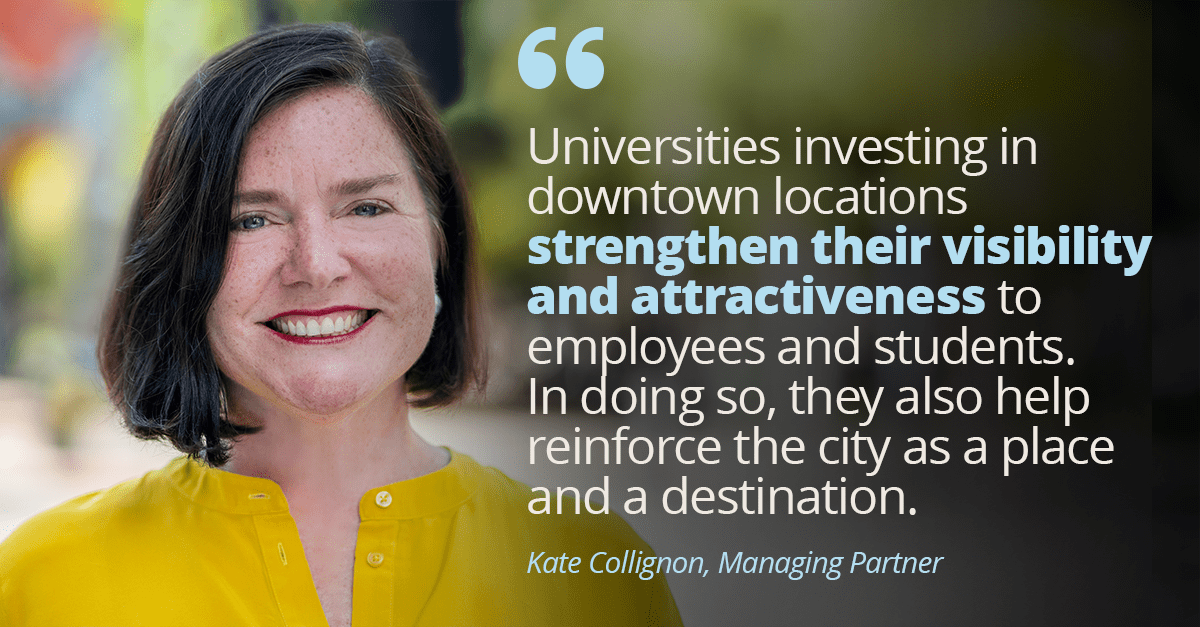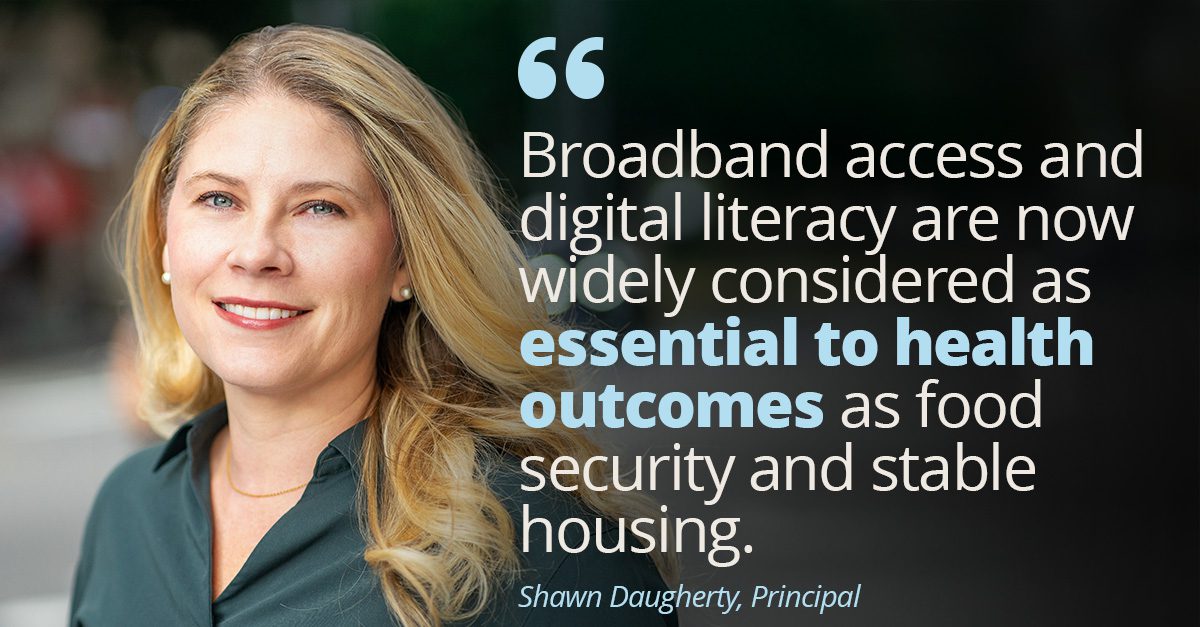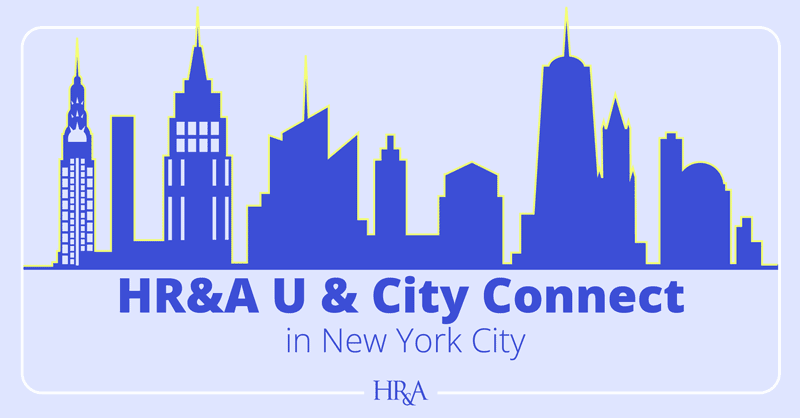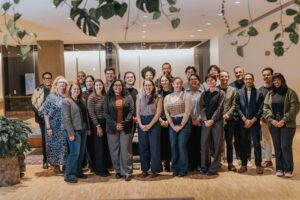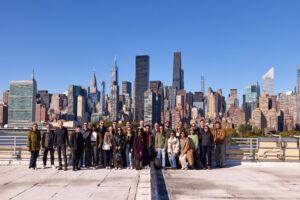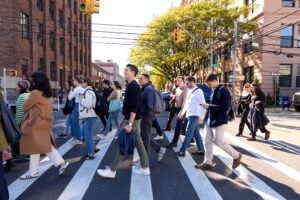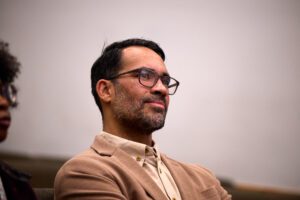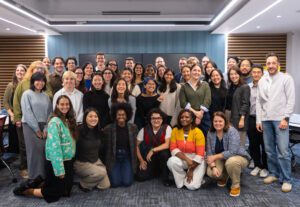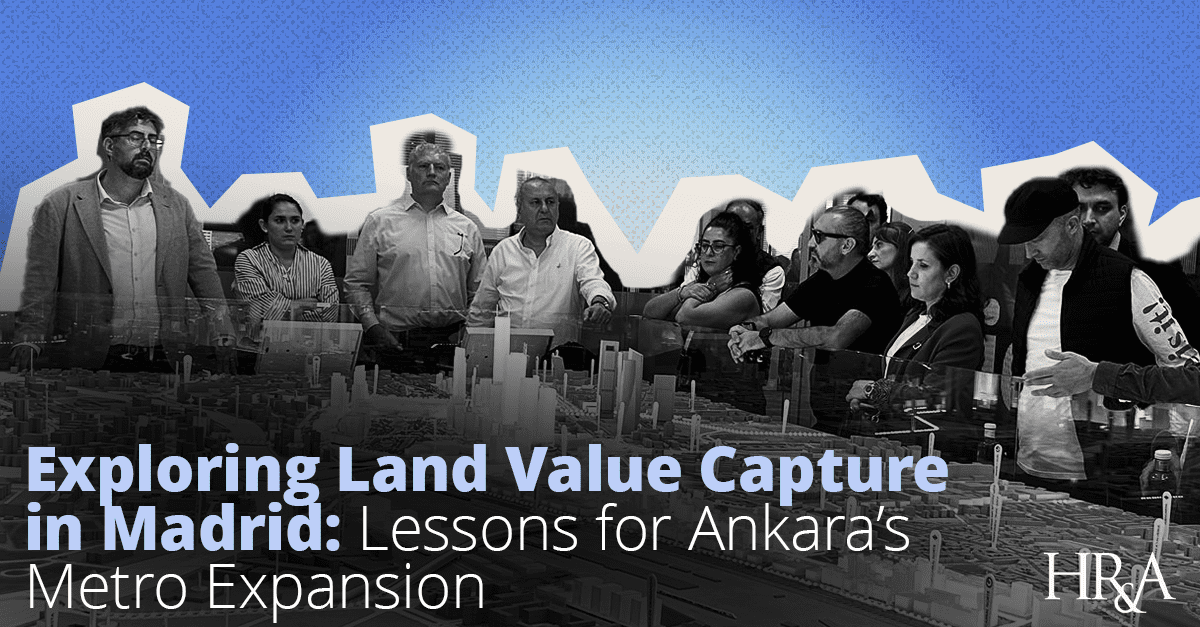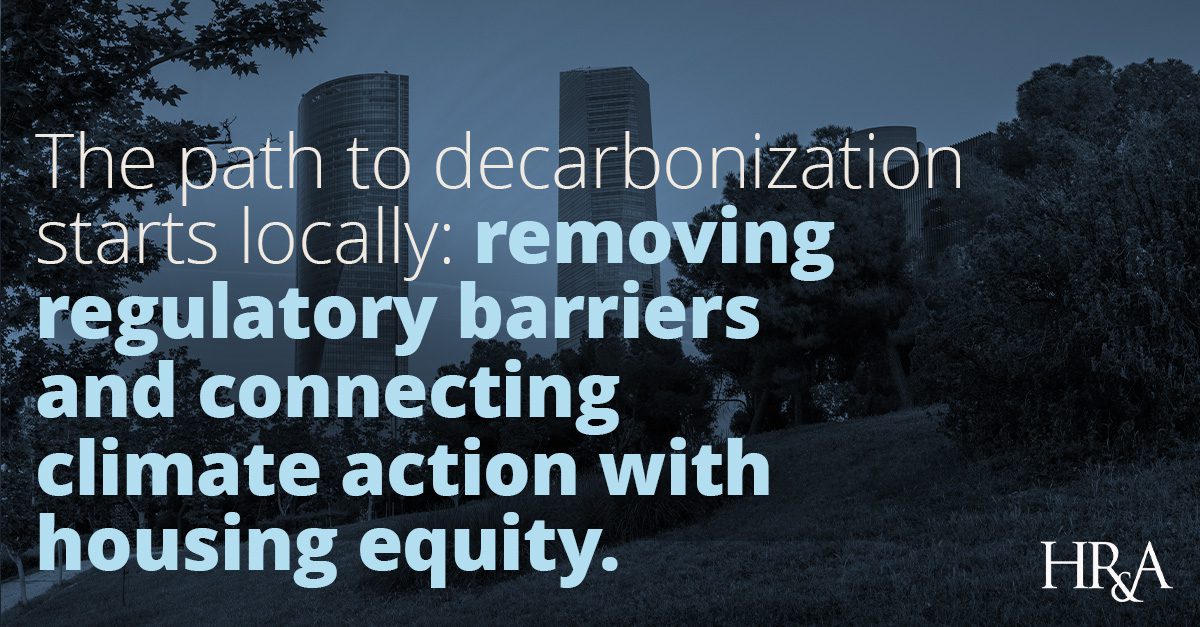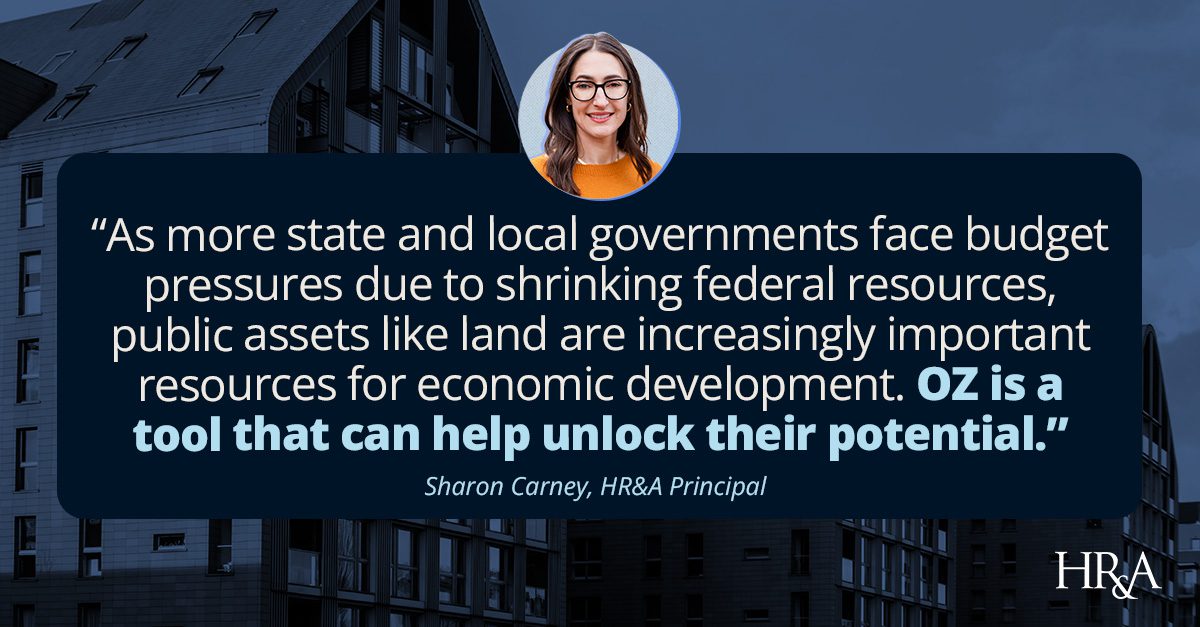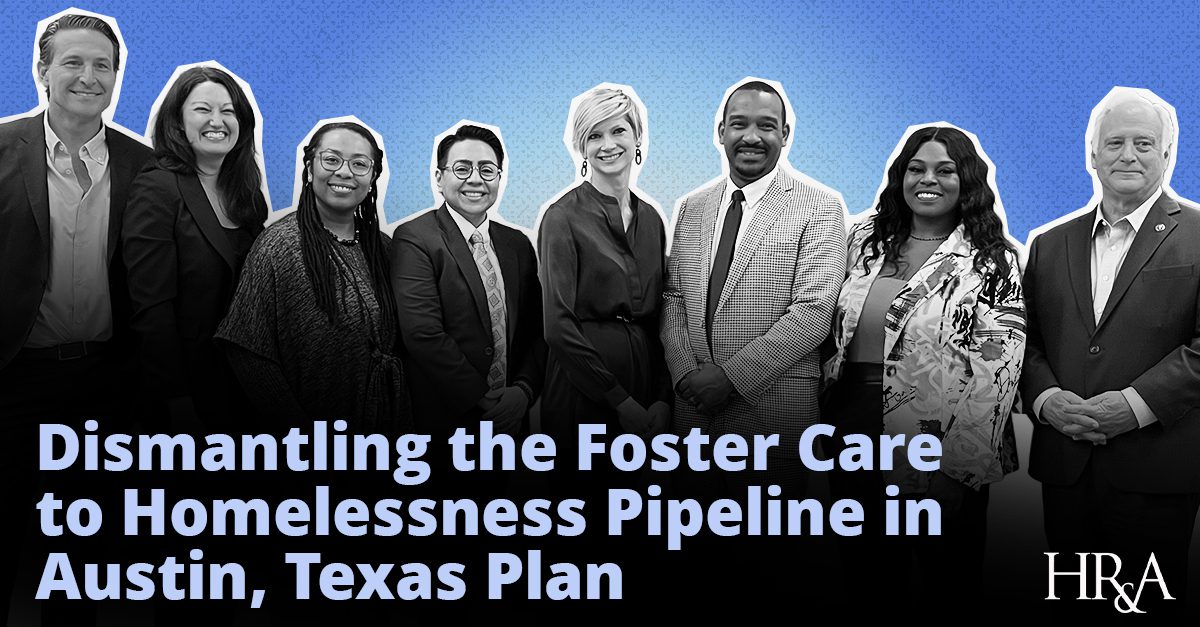HR&A Advisors was honored to have Director Eri Furusawa speak at Japan’s Academy for Gender Parity, joining leaders committed to ensuring that women and people with marginalized identities have a meaningful voice in shaping government decisions that impact them. Eri shared HR&A’s approach to inclusive community engagement and our work supporting newly elected mayors as they set priorities for their first term.
She highlighted lessons from Reclaim Gwinnett Place Mall, where HR&A helped translate community voices into an Equitable Redevelopment Plan, and from All In Allegheny, where we supported Allegheny County’s first female County Executive and led the largest community engagement effort in county history to shape her first-term Action Plan on topics including housing, economic development, childcare, and health.
We are grateful for the positive feedback from participants—including elected officials, nonprofit leaders, political campaign experts, and academics—following the session:
“こんな取り組みがあるのか!とひたすら驚きました。本当に勉強になりました。”
“I was amazed to learn that these initiatives exist. It was truly eye-opening.”
“身近な自治体で次の総合計画の策定時期のところがいくつかあり、住民参加のあり方について考える時間となりました。”
“Several municipalities near me are about to begin developing comprehensive plans, so this session was helpful for me to reflect on how resident engagement should be designed to inform these efforts.”
“ジェンダー平等とまちづくりというテーマは本当にうれしかったです。なぜならば、ジェンダーと多様性から最も遠いテーマがまちづくり、都市計画、建築、土木の分野です。このセミナーを何度もやってほしいです、本当に素晴らしかったです。”
“I was truly glad to see gender equality and city-making discussed together. These fields—urban planning, architecture, civil engineering—are often farthest from discussions regarding gender and diversity. I hope you offer this seminar many more times; it was outstanding.”
Learn more about Japan’s Academy for Gender Parity.
Translation:
日本で若手女性のリーダーシップを養成されているパリテアカデミー様によるセミナー「ジェンダー・公平性の視点から考えるまちづくり―アメリカ地方自治体における政策立案の現場から」に弊社ディレクターの古澤えりが登壇させていただきました。古澤は、HR&A が全米各地で取り組むインクルーシブな住民参加プロセスや、新しく就任される女性・マイノリティの首長さんの重点政策づくりを支援するアプローチについて紹介しました。取り上げた事例には、住民の声を「公平な再開発計画(Equitable Redevelopment Plan)」へと結びつけた Reclaim Gwinnett Place Mall、そして大規模の住民参加を通じて、就任したてのサラ・イナモラート県知事のアクションプランを策定した All In Allegheny が含まれます。
オンラインでは93名の方にお申込みいただき、会場では20名の方に参加していただきました。パリテアカデミーの皆様、貴重な機会をどうもありがとうございました。パリテアカデミー様の活動はこちらからご覧ください



